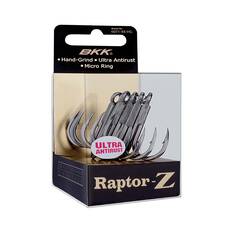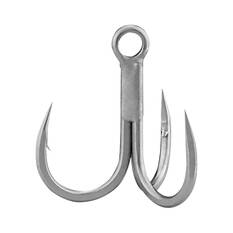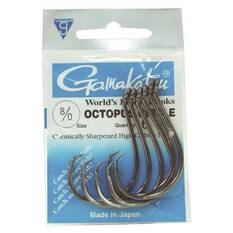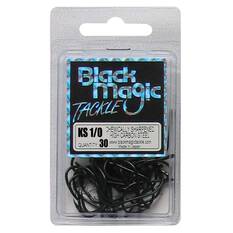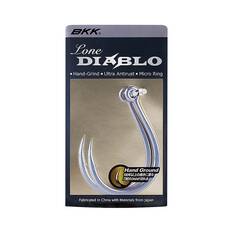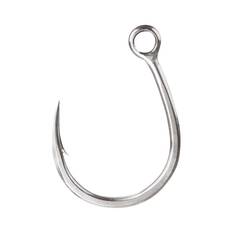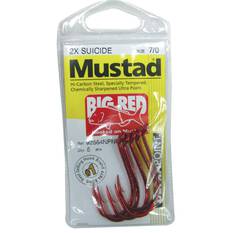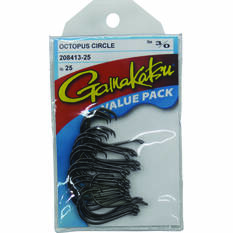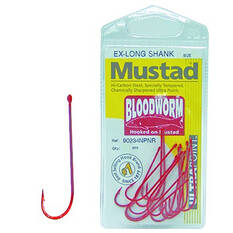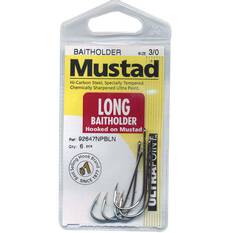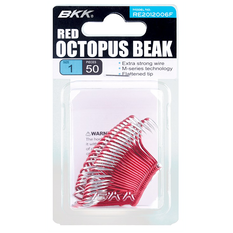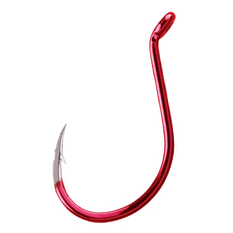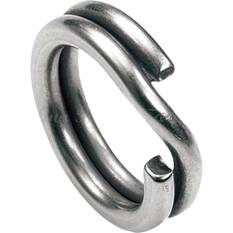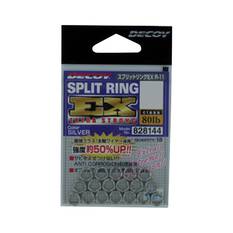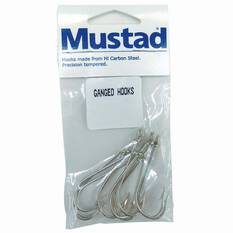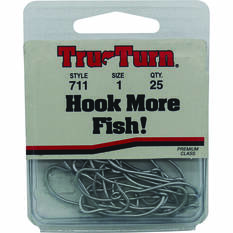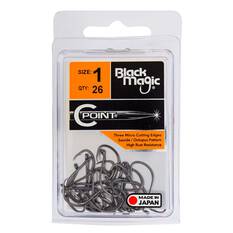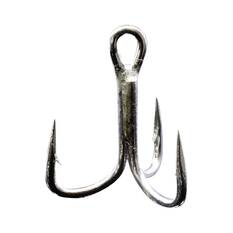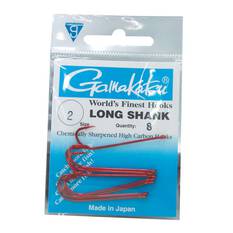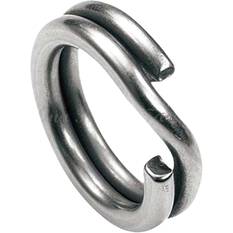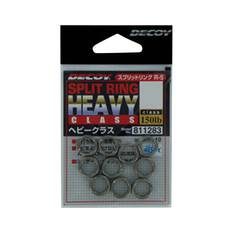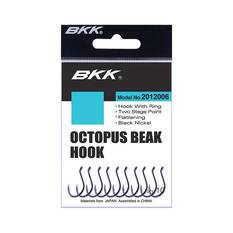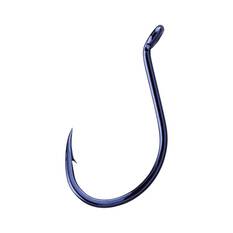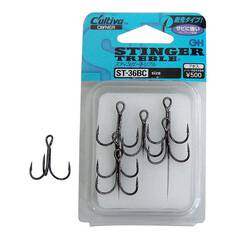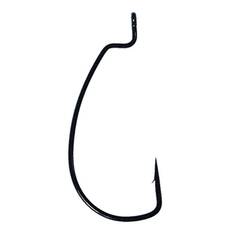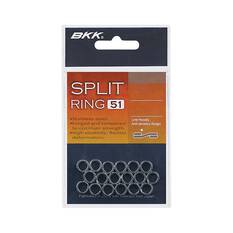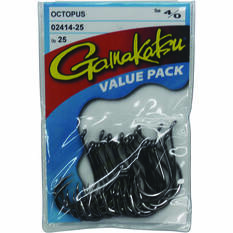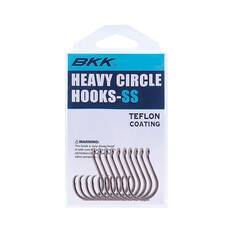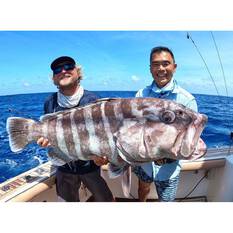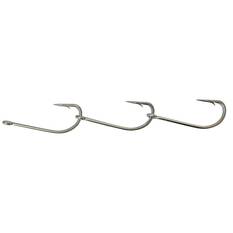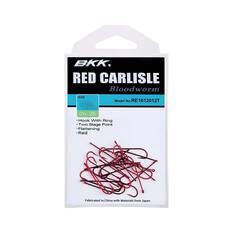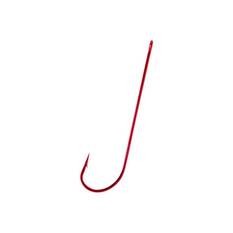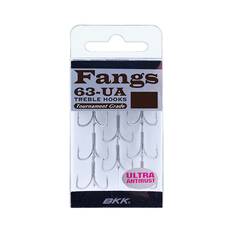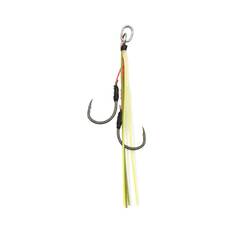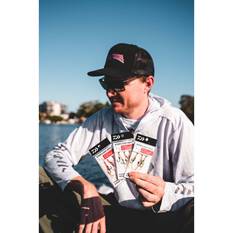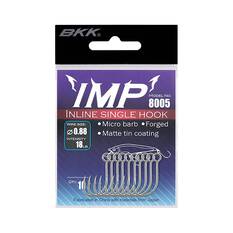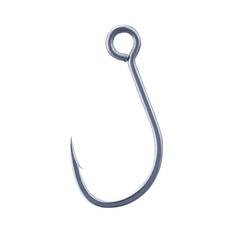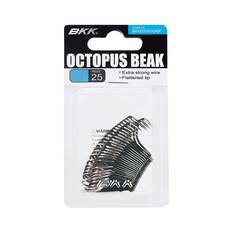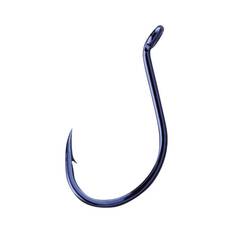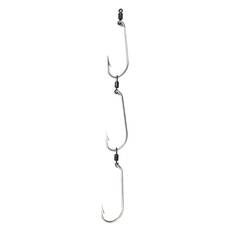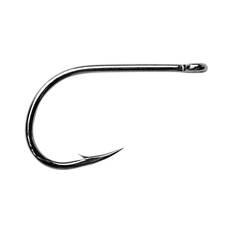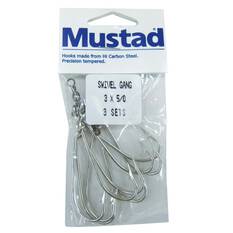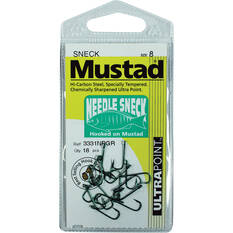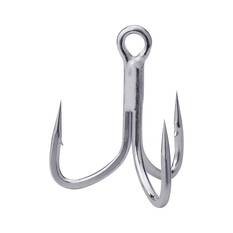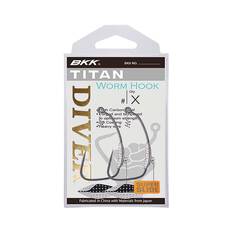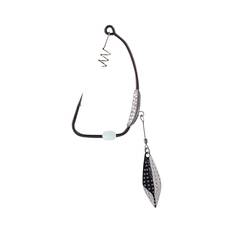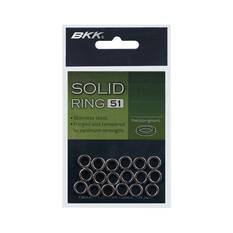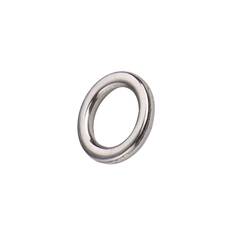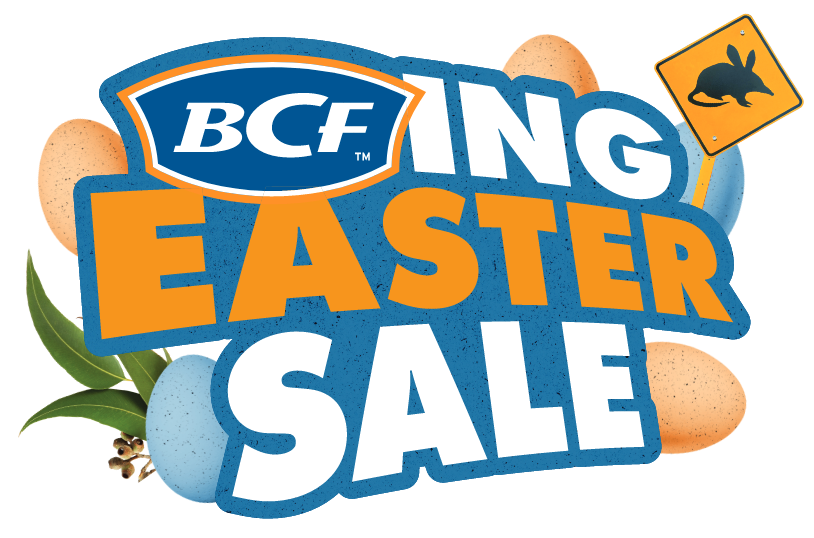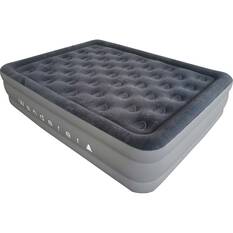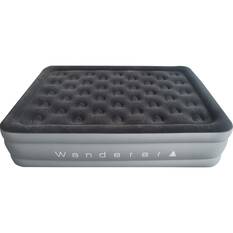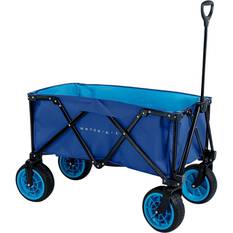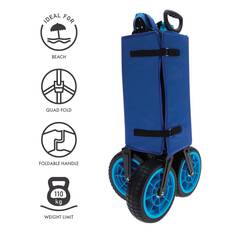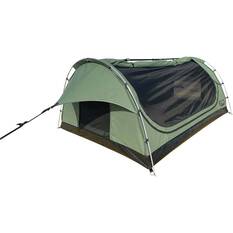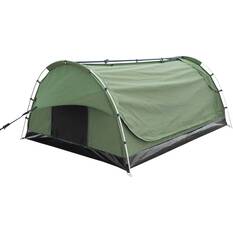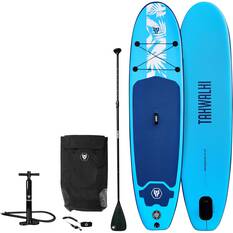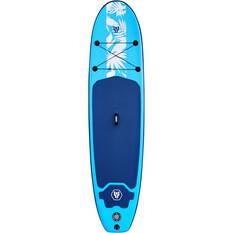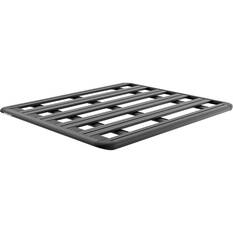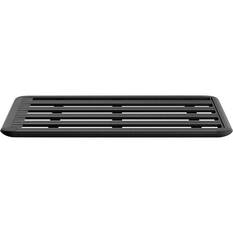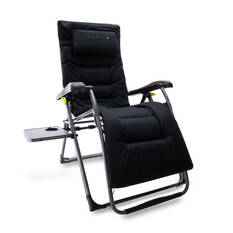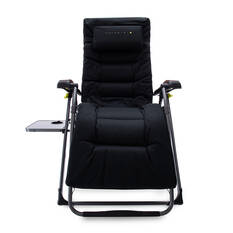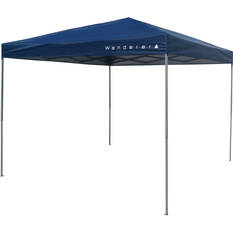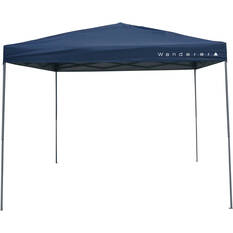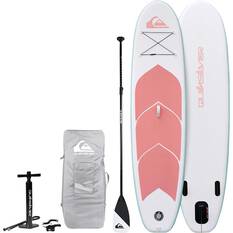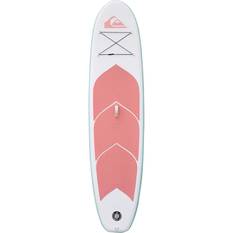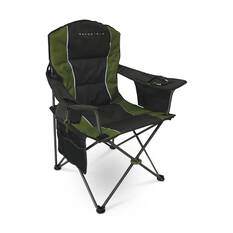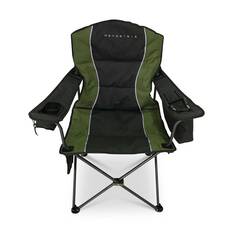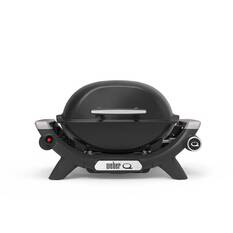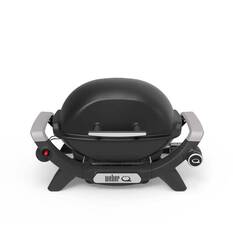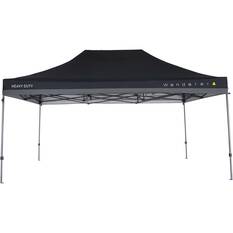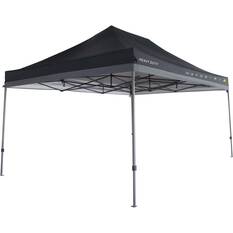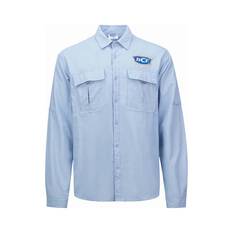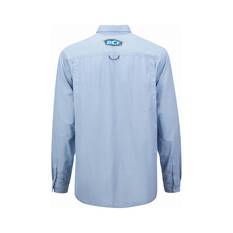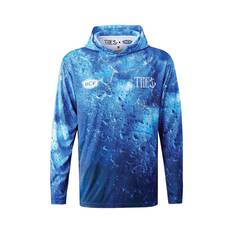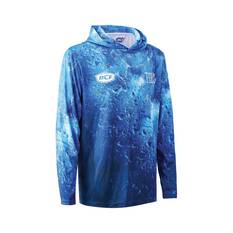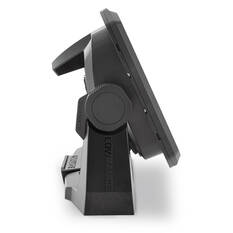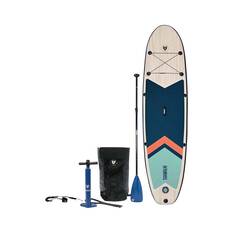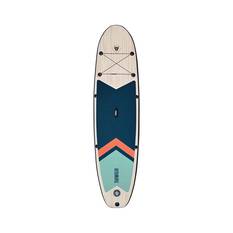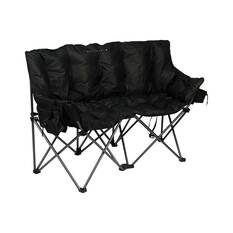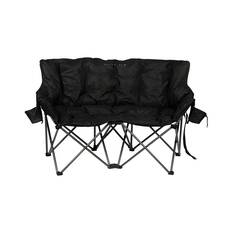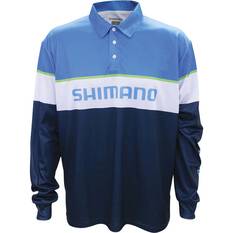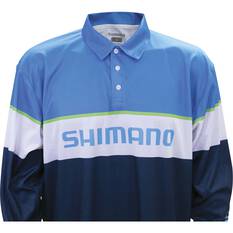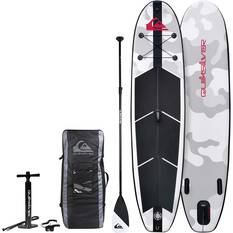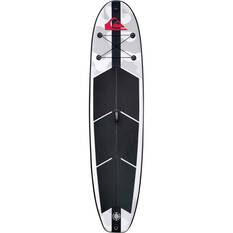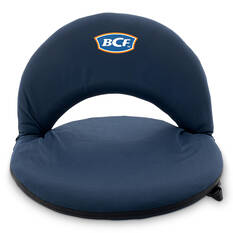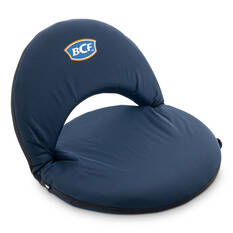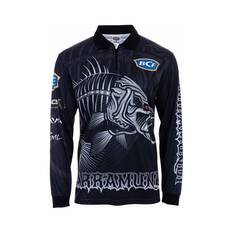Fishing Hooks
-
Forget something for the long weekend?
Have your order ready to pick up at your local BCF in 1 hour!Learn more
Fishing Hooks
The fishing hook is an essential part of any fishos set-up, although small in stature, the importance of using a hook is second to none. Created centuries ago, the fishing hook has been designed to hold your bait in place and help land those monster fish. Along with swivel and sinker, hooks make up the traditional bait fishing rig that's commonly described as terminal tackle. Explore our extensive range of fishing hooks by heading into your local BCF store, where our friendly and knowledgeable team of BCFing experts will be able to help find the product that best suits your needs, alternatively, you can browse the full range from the comfort of home with our online store.
How do I know what fishing hook to use?
Hooks come in a huge variety of shapes and sizes and can be used for chasing many different species in both fresh and saltwater. It's important to choose the right hook for your intended purpose which leads to another series of questions to help you find your best match.
- What bait will you be using? – Different styles of hook will be better suited to different bait types and there is no one size fits all, this is why we encourage customers to purchase a variety of hooks so they are prepared for any situation and any bait. The secret is to make the bait seem as natural as possible, letting it swim or move without being impeded by the hook. It's important to match the style and size of hook to the bait you will be using, making sure the bait is secure and the barb is well-positioned. If you will be fishing with worms a long shank hook can be the perfect choice, if you're throwing prawns your standard J hook in a suicide or baitholder will be a better option, and for larger strip baits a circle hook will present your bait the best.
- What target species are you chasing? – Not only should you look at the size of your target fish species but also look at where they feed in the water column, whether they have sharp teeth and the size of their mouth. Species such as whiting, bream, luderick and garfish will be much better suited to smaller hooks, while flathead, barramundi, snapper and coral trout can handle larger hooks.
- What fishing method will you be using? – Whether you will be fishing with bait, flicking soft plastic lures, or even working hardbody lures, many fishing hooks have been designed with a specific fishing method in mind. Your standard J style, Circle or even gang hooks will be a perfect choice for bait fishing and can be used to cover everything form float fishing the estuaries for your bread-and-butter species, tailor off the beaches or even bottom bashing for reefies offshore. If lure fishing is more your cuppa tea jig heads should be used for securing soft plastics and treble hooks will be dynamite for hardbodies.
- J Hook vs Circle Hook –Two of the most popular styles of fishing hook you are likely to come across the J hook and circle hook both deserve a spot in your tackle box. Below we will take a look at each and talk about the differences to better understand which hook is best for you:
- J Style – As the name suggests the J hook is shaped like a J and provides the most common and versatile form of hook, if you prefer to forcefully set the hook this is the hook for you. With a J hook the fish can be pinned anywhere, with deep hook sets in the belly of the fish a common occurrence after the bait is swallowed. It’s important to keep an eye on your leader line when using J hooks as a deep hook set will cause your line to come into contact with the fishes teeth and increase the risk of bite offs. If you plan on taking a feed of fish the J hook is a perfect choice.
- Circle Hook – Relatively new to the sport circle hooks have been a game changer, with a unique circular shape and inward facing barb that ensure 99% of hook ups are located in the corner of the jaw. Instead of forcefully setting the hook you simply allow the fish to take the bait and slowly wind your reel until the rod loads and the fish is hooked. Circle hooks are great for sustainable fishing and are also the first choice for fishos who practice catch and release.
Understanding hook sizing
Fishos new to the game may find it daunting when looking at the different hook sizes and the complex numbering that is used to differentiate them. For smaller hooks, the size of the hook gets smaller as the number gets larger for example a size 18 hook is smaller than a size 8 hook and a size 8 is smaller than a size 1 hook. When you start looking at larger hooks the number system is reversed and is also represented with a /0 (pronounced aught) for example 1/0 hook is smaller than a 9/0 hook and a 9/0 is smaller than a 12/0 hook.


